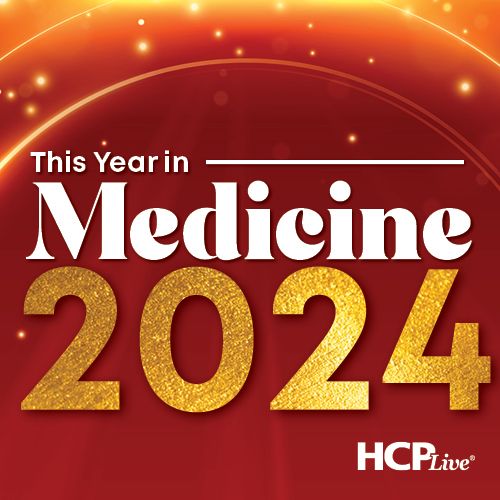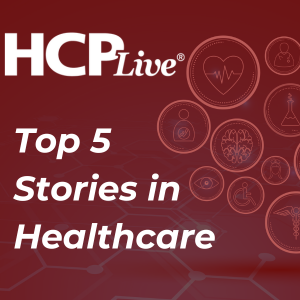Video
Physicians' Reluctance to Use the Novel Anticoagulation Agents
%jwplayer%
The MD Magazine Peer Exchange “Novel Anticoagulation Options: Target-Specific Oral Agents and Their Antidotes” features leading physician specialists discussing key topics in anticoagulation therapy, including the clinical characteristics of current and emerging agents and criteria for use in specific patient populations.
This Peer Exchange is moderated by Peter Salgo, MD, professor of medicine and anesthesiology at Columbia University and an associate director of surgical intensive care at the New York-Presbyterian Hospital in New York City.
The panelists are:
- Scott Kaatz, DO, MSc, Chief Quality Officer at Hurley Medical Center in Flint, Michigan, and clinical associate professor at Michigan State University
- Seth Bilazarian, MD, clinical and interventional cardiologist at Pentucket Medical and instructor of medicine at Harvard Medical School
- Gerald Naccarelli, MD, Bernard Trabin Chair in Cardiology, professor of medicine and chief of the Division of Cardiology at Penn State University School of Medicine, and associate clinical director at Penn State Heart and Vascular Institute in Hershey, Pennsylvania
- Christian T. Ruff, MD, associate physician in the cardiovascular medicine division at Brigham and Women’s Hospital, and assistant professor of medicine at Harvard Medical School in Boston
Aside from the fear associated with not being able to reverse their effects, some physicians might have financially driven reluctance to use the novel oral anticoagulants, said Naccarelli. In his opinion, health insurances should reimburse for the new agents in order to have happy customers who have fewer strokes, as well as to save money in the long run. The same thing happened in the 1980s with warfarin; the data supported its use, and yet half of the people who needed it did not get it.
Also, with four new drugs in the past five years, Naccarelli guessed that physicians might simply be overloaded with information. Ruff agreed that, with the tremendous amount of data out there, what physicians really need is practical education about the use of these drugs in common, everyday scenarios.





